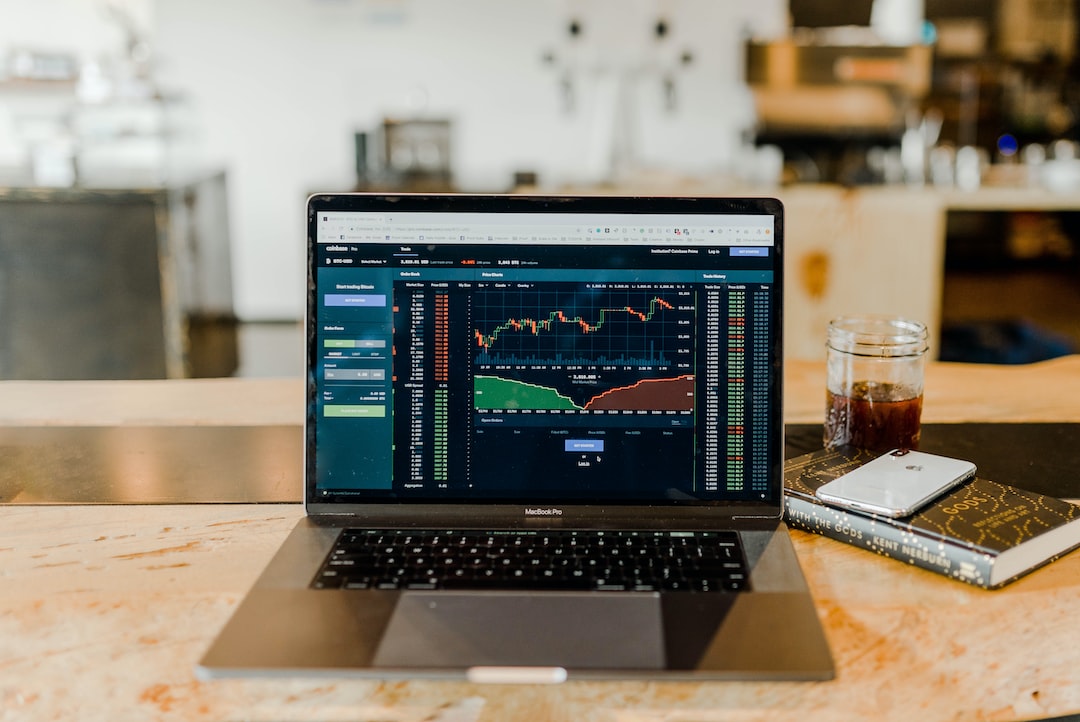Introduction
Are you interested in understanding the inner workings of XRP? If so, buckle up because we’re about to take a deep dive into XRP’s tokenomics. What are tokenomics, you may ask? Tokenomics refers to the economics of cryptocurrency tokens, including aspects such as supply, distribution, and utility.
XRP’s Token Supply
XRP is the native cryptocurrency of the Ripple payment protocol, designed for fast and low-cost international money transfers. Unlike some other cryptocurrencies, XRP’s total supply was pre-mined at the protocol’s inception, with 100 billion XRP tokens initially created.
A significant distinction of XRP is that it doesn’t rely on a traditional blockchain mining process. All 100 billion XRP tokens were created at once, and Ripple Labs, the company behind XRP, holds a portion of these tokens. However, it’s important to note that Ripple Labs does not control the XRP network, as it operates on a decentralized consensus algorithm.
XRP’s token supply has a deflationary feature, as a small amount of XRP is destroyed with each transaction. This “burning” mechanism ensures that XRP becomes scarcer over time, potentially leading to increased value.
XRP’s Token Distribution
As mentioned earlier, Ripple Labs holds a substantial amount of XRP tokens. To promote the adoption and use of XRP, Ripple Labs periodically releases portions of its XRP holdings to the market. These releases are carried out through institutional sales, grants, and in some cases, direct token sales to individual investors.
To enhance transparency, Ripple Labs publishes regular reports detailing their XRP distribution activities. This includes information on the amount of XRP sold, the recipients, and any restrictions placed on the tokens. The aim is to demonstrate responsible token sales and prevent market manipulation.
XRP’s distribution is also supported by a network of market makers. Market makers are entities that provide liquidity by offering to buy or sell XRP at specific prices. They help ensure a healthy and liquid market for XRP by facilitating trading activities.
XRP’s Utility
So, how does XRP play a role in the Ripple payment protocol? XRP serves as a bridge currency, allowing for quick and cost-effective transfers between different fiat currencies. When making a cross-border payment using Ripple’s technology, XRP can be used to facilitate the transaction.
Using XRP as a bridge currency has advantages. It reduces the need for pre-funded accounts in multiple currencies, avoids intermediaries, and decreases settlement times. This enables near-instantaneous and efficient money transfers, providing significant benefits for individuals and businesses alike.
Moreover, XRP’s utility extends beyond the Ripple payment protocol. It is increasingly being adopted by financial institutions for various purposes, such as liquidity management, remittances, and cross-border settlements. As adoption grows, so does the demand for XRP, potentially resulting in increased value.
Frequently Asked Questions (FAQs)
Q: What is the current total supply of XRP?
A: The total supply of XRP is 100 billion tokens. However, it’s important to note that a small amount of XRP is destroyed with each transaction due to the deflationary feature of the network.
Q: Who controls the XRP network?
A: The XRP network operates on a decentralized consensus algorithm and is not controlled by any single entity. Ripple Labs, the company behind XRP, holds a portion of XRP tokens, but it does not control the network.
Q: How does XRP’s utility benefit financial institutions?
A: XRP’s utility enables financial institutions to improve liquidity management, streamline cross-border settlements, and reduce costs associated with remittances. It offers faster and more efficient transaction processing compared to traditional systems.
Q: Can anyone participate in XRP’s token distribution?
A: XRP’s token distribution involves institutional sales, grants, and occasional direct sales to individual investors. The availability of XRP for individual investors may vary depending on the specific distribution method chosen by Ripple Labs.
In conclusion, understanding XRP’s tokenomics provides insights into its supply, distribution, and utility. XRP’s predetermined supply, responsible token distribution, and role as a bridge currency make it an intriguing cryptocurrency. As always, it’s important to conduct further research and due diligence before investing in any cryptocurrency.
Edulia Coinfield’s journey from a curious technology enthusiast to a highly regarded crypto educator and analyst is a testament to her passion for knowledge-sharing and the immense potential of blockchain technology. Her contributions to the industry and dedication to empowering others have solidified her position as a prominent woman figure in the world of cryptocurrencies.

